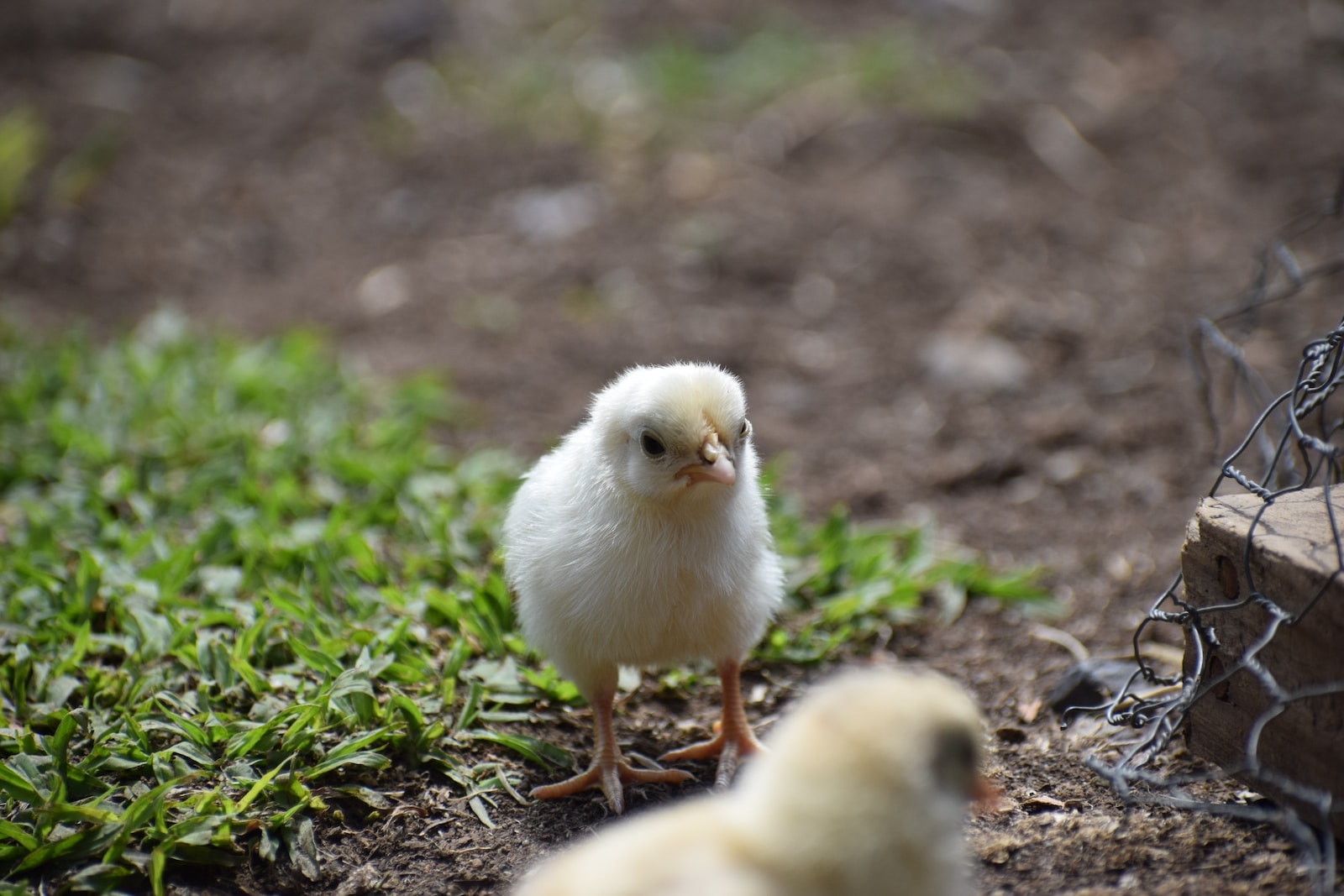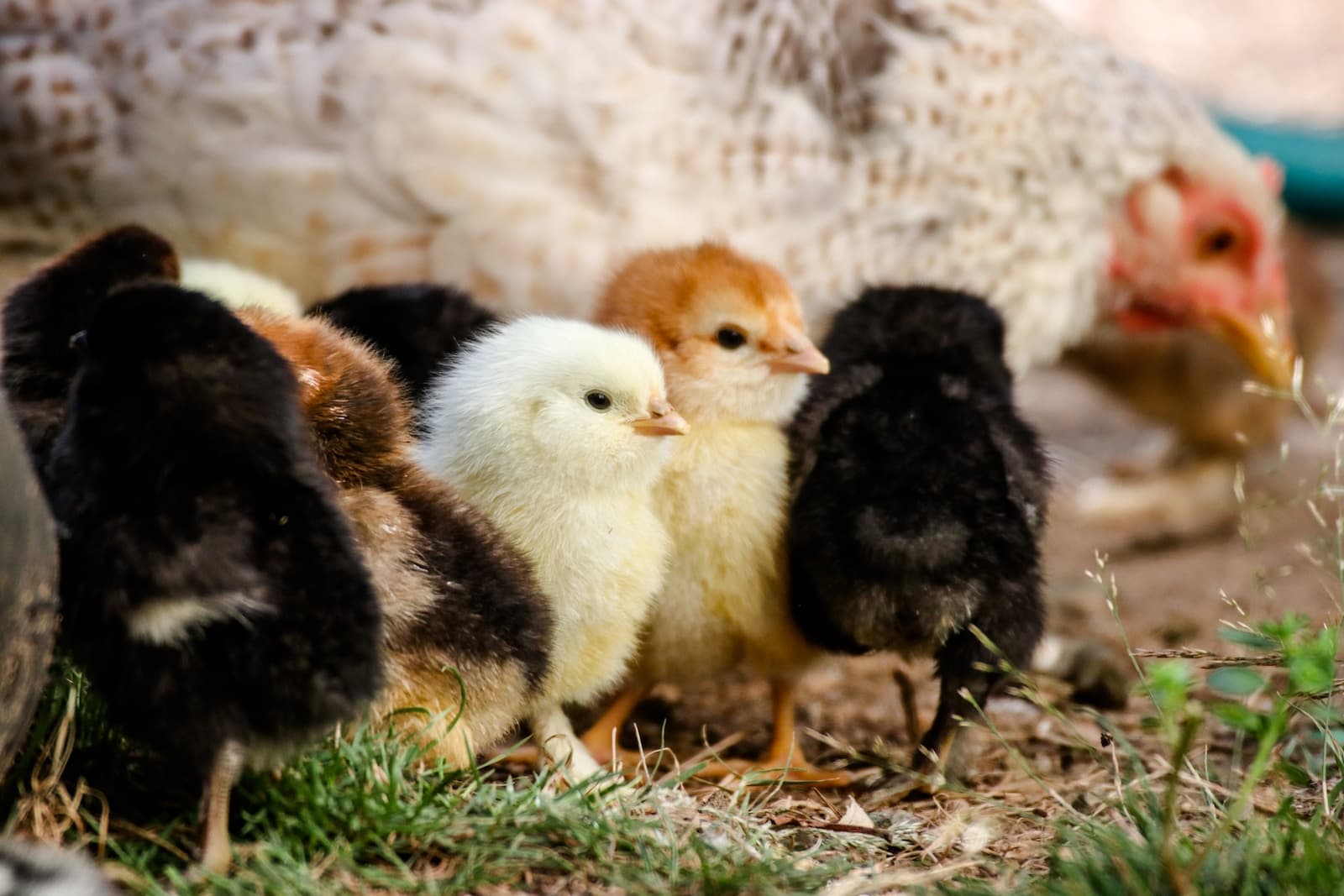Chicks, just like any young animal, need time to grow before they can play outside. They have to be old enough so that the cold or heat doesn’t hurt them. At about 3-4 weeks of age, chicks are ready for short trips outdoors.
By 4-6 weeks, they may move to their coop without needing extra warmth. It’s important because baby birds must develop feathers which usually happens between 6-10 weeks old. When it’s chilly out, a chick’s first trip outside should wait until it gets warmer.
Mother hens even start to leave their babies alone by the time they’re five or six weeks old.
Getting chicks used to being outside is something you do bit by bit so that it’s safe for them. The coop where they live needs to be cozy and protect them from harm too. This article covers how chicken owners can help their little ones make this big step safely and happily! Let’s explore how you can get your fluffy friends ready for the great outdoors!
Understanding Chicken Development and Behavior
At what age can chicks go outside safely and how to manage their first trips outside, including considerations for winter weather.
At what age can chicks go outside safely?
Chicks are ready for short trips outside when they hit the 3 to 4-week mark. Make sure it’s a warm and sunny day. By the time they’re 4 to 6 weeks old, if they’ve got all their feathers, you can let them stay in their coop without needing a heat lamp.
Just check that the weather is good and not too cold for them.
Full feathering usually happens between 6 and 10 weeks of age. That’s when chicks are tough enough to handle being outside more often. Keep an eye on how cold or hot it is, though, because little chicks need it just right to be safe and happy outdoors.
How to manage chicks’ first trips outside
When your chicks are around 3-4 weeks old, they can start going outside for short field trips.
Considerations for winter weather
When considering winter weather, it’s crucial to wait for warmer conditions before allowing chicks to go outside. The temperature and climate should be suitable for the chicks, ensuring they can stay warm and avoid potential health issues.
It’s important to consider the coop environment as well, providing a safe and comfortable space for the chicks to acclimate to outdoor temperatures gradually. Additionally, ensuring there are no drafts or cold spots in the coop is essential for their well-being during winter.

Preparing Chicks for Outdoor Time
Gradually acclimating chicks to outdoor temperatures and ensuring a safe and comfortable coop environment are essential for preparing chicks for their first trips outside. Tips for transitioning chicks from the brooder to the coop will also be discussed.
Gradually acclimating chicks to outdoor temperatures
Chicks need to get used to the outside temperatures slowly. This helps them adapt and stay healthy.
- Start by taking chicks outside for short periods during the mildest part of the day.
- Begin with 10 – 15 minutes and gradually increase the time as they become more comfortable.
- Keep an eye on their behavior to ensure they are not too hot or too cold.
- Provide shelter from wind and direct sunlight during their initial outdoor experiences.
- Monitor the weather forecast and avoid letting chicks out in extreme conditions like strong winds, heavy rain, or very high or low temperatures.
- Ensure that the temperature is above 60°F (15°C) when they first venture outside.
Ensuring a safe and comfortable coop environment
To ensure a safe and comfortable coop environment for chicks, it’s crucial to provide adequate bedding that is clean, dry, and cozy. This will help them stay warm and healthy as they transition from the brooder to the coop.
Additionally, secure the coop to keep predators at bay by using sturdy fencing and locks on doors. Make sure there are no gaps in the coop where small chicks could squeeze through or larger animals could enter.
Furthermore, proper ventilation in the coop is essential for maintaining good air quality, reducing moisture buildup, and preventing respiratory issues among your chicks. Also, check for any potential hazards such as sharp edges or protruding objects that could cause injury to the curious chicks as they explore their new outdoor space.
Tips for transitioning chicks from brooder to coop
When transitioning chicks from the brooder to the coop, follow these tips:
- Gradually reduce the heat in the brooder as chicks grow older and feather out, preparing them for outdoor temperatures.
- Introduce chicks to the coop during the day to allow them to explore and become familiar with their new surroundings.
- Provide perches or low platforms in the coop for chicks to roost on, encouraging them to settle in comfortably.
- Ensure the coop is predator – proof and equipped with adequate ventilation before moving the chicks.
- Monitor the integration of older and younger birds within the coop to prevent bullying or aggression.
Conclusion
In summary, chicks can go outside for short trips at 3-4 weeks old and move permanently to the coop without a heat lamp at 4-6 weeks. This approach is practical, easy to implement, and efficient for chicken owners.
How will you prepare your chicks for their first outdoor adventures? Consider the impact of providing a safe and comfortable environment for your chickens. Explore additional resources or guidance on raising healthy backyard chickens.
Take action today to ensure the well-being of your feathered friends!

